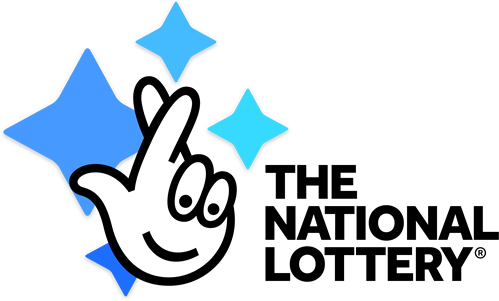Micro Aggressions
The term 'microaggressions' has been used to capture some of these everyday encounters in which the equal standing of BAME people is called into question. Typically there is no intent to exclude in such interactions, yet it is important to understand that these exchanges are nonetheless reflective of ongoing practices of marginalisation and of structures of racial hierarchy.
Microaggressions are defined as patterned behaviours by individuals in a majority group, typically white people, that undermine, belittle, stereotype, or insult those in minority groups – usually Black, Asian, and Minority Ethnic (BAME) individuals.
BAME staff from a wide range of organisations across all sectors talk about of hundreds of variations of these microaggressions – being made to feel unwelcome due to being talked over, left out of invitations to lunch, or receiving frequent comments about their clothes, hair, musical or culinary preferences. These microaggressions are pervasive throughout society. Most supermarkets used to have shelves of food labelled ‘exotic’ (some still do) which begs the questions; exotic to whom, and compared to what?
Some Black, Asian and Minority Ethnic men and women are exoticized in terms of their sexuality or supposed behaviours. Today, they are still asked where they are ‘really’ from or are deemed to be too passive, aggressive, or any other quality, compared to the standards of the white majority. When on the receiving end, these behaviours often do not feel ‘micro’. If someone is wronged or insulted, whatever the intention, they still feel hurt. If the microaggressions continue, even unintentionally, they can have a significantly negative effect on people, including harming a person’s outlook on their place in society, their drive to succeed, or their ability to grow professionally.
Microaggressions can be tougher to tackle than much more obvious aggressive behaviours because taken on their own, they can seem too insignificant to act against. This is not helped by individuals in the majority getting exasperated with the very idea of microaggressions, thinking the problem is simply down to victims being too sensitive, or seeing slights where they do not exist. Microaggressions are patterned. They are repeated and underpinned by racist tropes and stereotyping, and the cumulative effect can be devastating to confidence, job prospects, wellbeing, and life chances.
It’s time to tackle microaggressions in your organisation; the move towards the creation of a more inclusive culture requires the courage to make significant changes. If an organisation is seen to be more risk-adverse, it can act as a barrier towards achieving a more ethnically diverse workforce.







